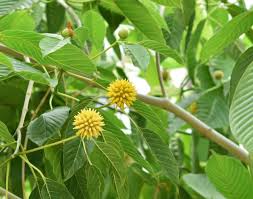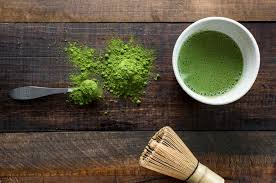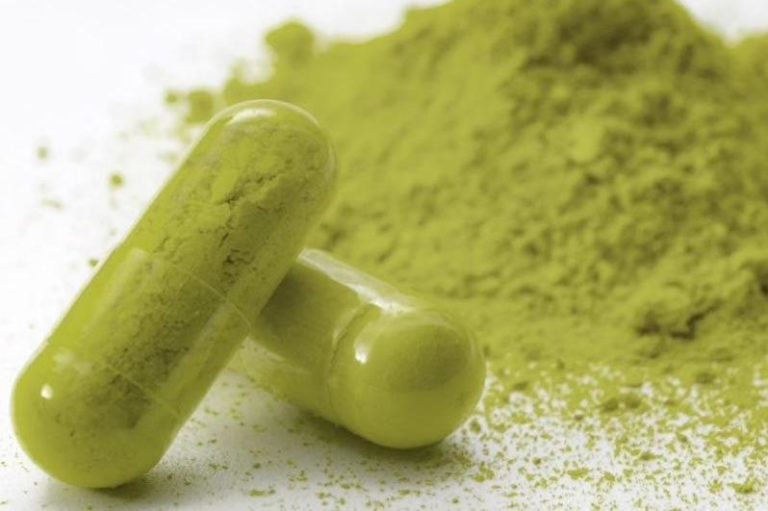Kratom Overdoses Are on the Rise. Why They’re Hard to Spot

According to new research published in the journal Clinical Toxicology, between 2011 and 2017, 1,807 kratom exposures were reported to poison control centers. Two-thirds occurred between 2016-2017 alone.
In 2011, only 13 exposures were reported, compared with 682 in 2017 — jumping from about one call per month to two calls per day.
All in all, a more than 50-fold increase.
It has been described by experts as an “atypical opioid” because of the pathways through which it interacts with the brain.
“It’s a more complex substance. It’s not just a single mechanism,” said Spiller.
Its complexity means that overdose symptoms can be more difficult to diagnose — especially when compared with traditional opioids. Kratom affects the μ-receptor [mu-receptor], like other opiates, but also affects serotonin and norepinephrine reuptake inhibition.
The reason for the increase in kratom use and overdose isn’t clear either. The drug’s increasing popularity is often seen has yet another facet of the United States’ ongoing opioid epidemic. Anecdotally, users report that the drug can be used as part of opioid withdrawal maintenance, trying to stop using drugs, or at least transitioning away from pharmaceutical pain relievers and other misused drugs.
However, Spiller and his colleagues are concerned that the drug’s reputation as a natural, plant-based remedy is misleading.
Read more on Healthline




